County Court House
County Court House
In Church Street
The Batten family of solicitors lived in Church House, Church Lane (today's Church Street) and the house has played a prominent part in the town's legal affairs, being the home of the Battens since the eighteenth century.
Banker John Batten the Elder (1778-1854) became a noted Yeovil solicitor and attorney of His Majesty's Court of King's Bench, and his family home, Church House, became the offices of his legal practice, started by his father Edmund Batten. John Batten Snr, meanwhile, lived in Hollands House. His son, John Batten the Younger became an articled clerk to his father in 1832. After he qualified as a solicitor, he worked with his father in the firm of Batten & Son in Church House. John Jnr lived at Aldon House, owned by his father. He later inherited Aldon.
The County Court building was built by the Battens, possibly in two phases, as an annex to Church House between 1842 (Watt's map below) and 1858 (Hickes and Isaac's map below). The County Court and the Town Courts were held in this north annex until the early twentieth century. Today the building is offices.
The following brief description of the Court House is from the Somerset Historic Environment Record description of Church House -
On north side a 2-storey extension in local stone - of uncertain date, this and another building on site were damaged by enemy action c1940.
MAPs
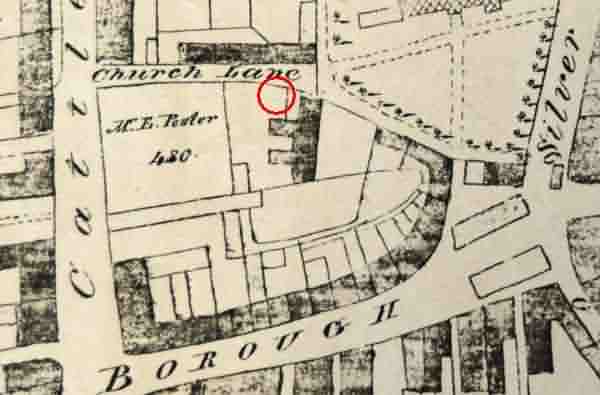
An extract of Edward Bullock Watts' map of 1842 showing the location (circled red) of the future County Court building.
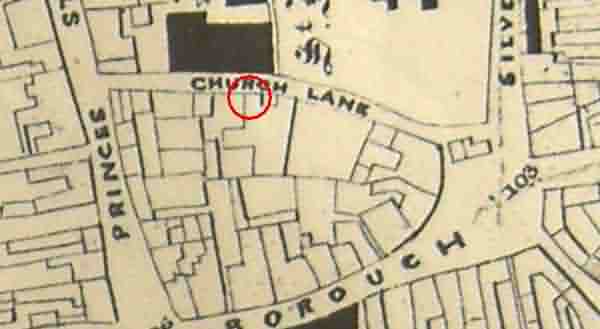
An extract of Hickes and Isaac's map of 1858 showing the County Court building (circled red).
gallery
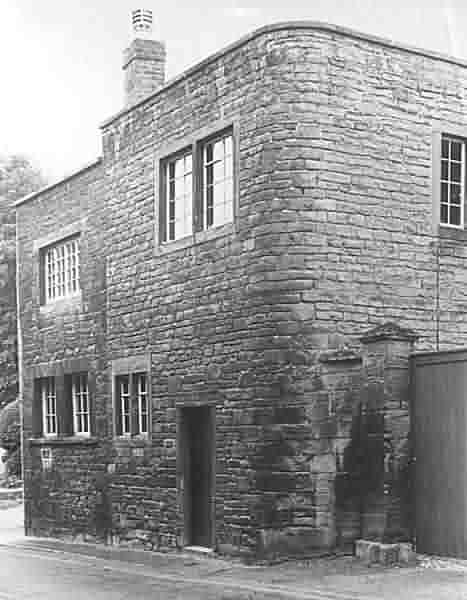
The old County Court building photographed in the 1970s.
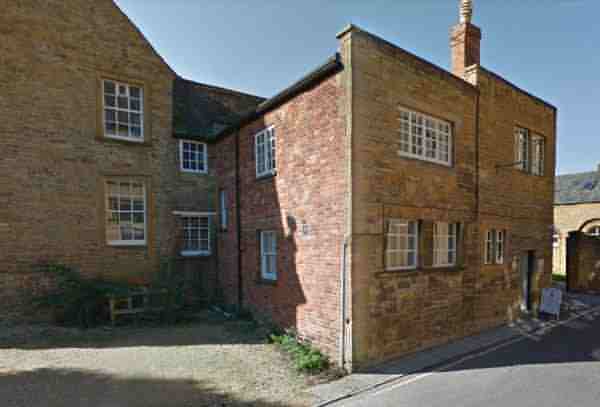
The old County Court building seen from the junction of Church Street and Church Path. To the left, the area now used as a car park for the Church House offices, was originally a wing of the house but was destroyed by bombing in 1940. Photographed in 2018.
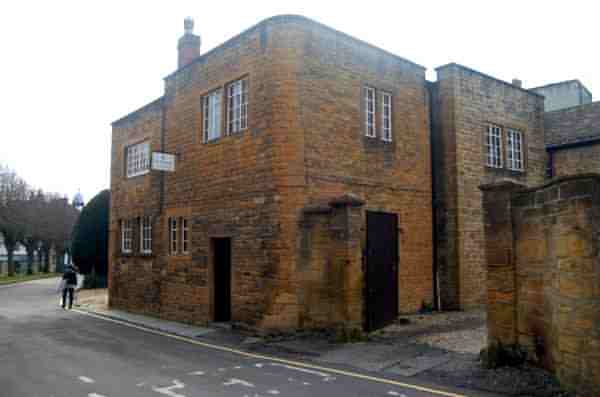
The old County Court building seen from Church Street, looking east. Photographed in 2014.
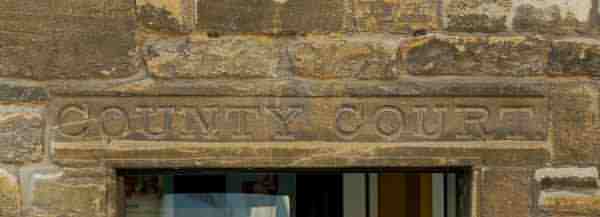
The inscription "County Court" emblazoned above the old doorway facing Church Street.